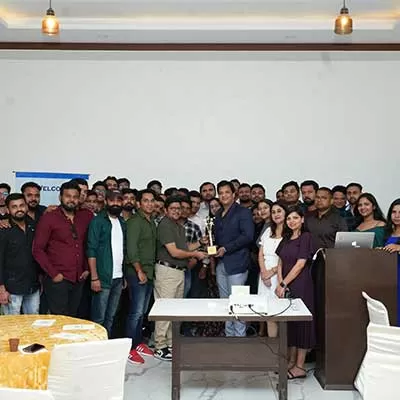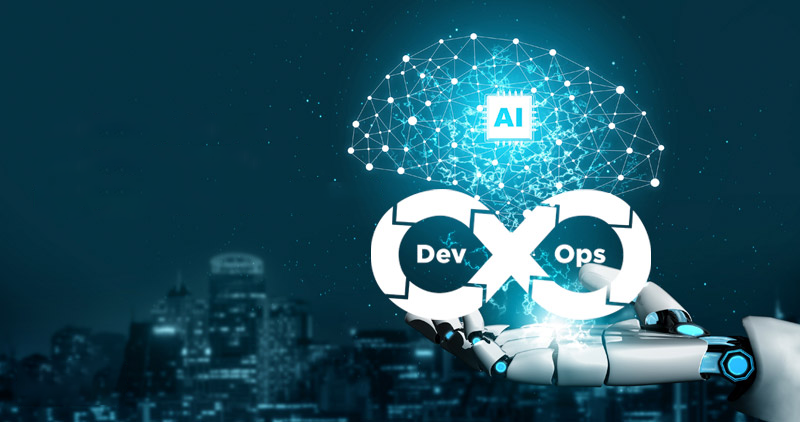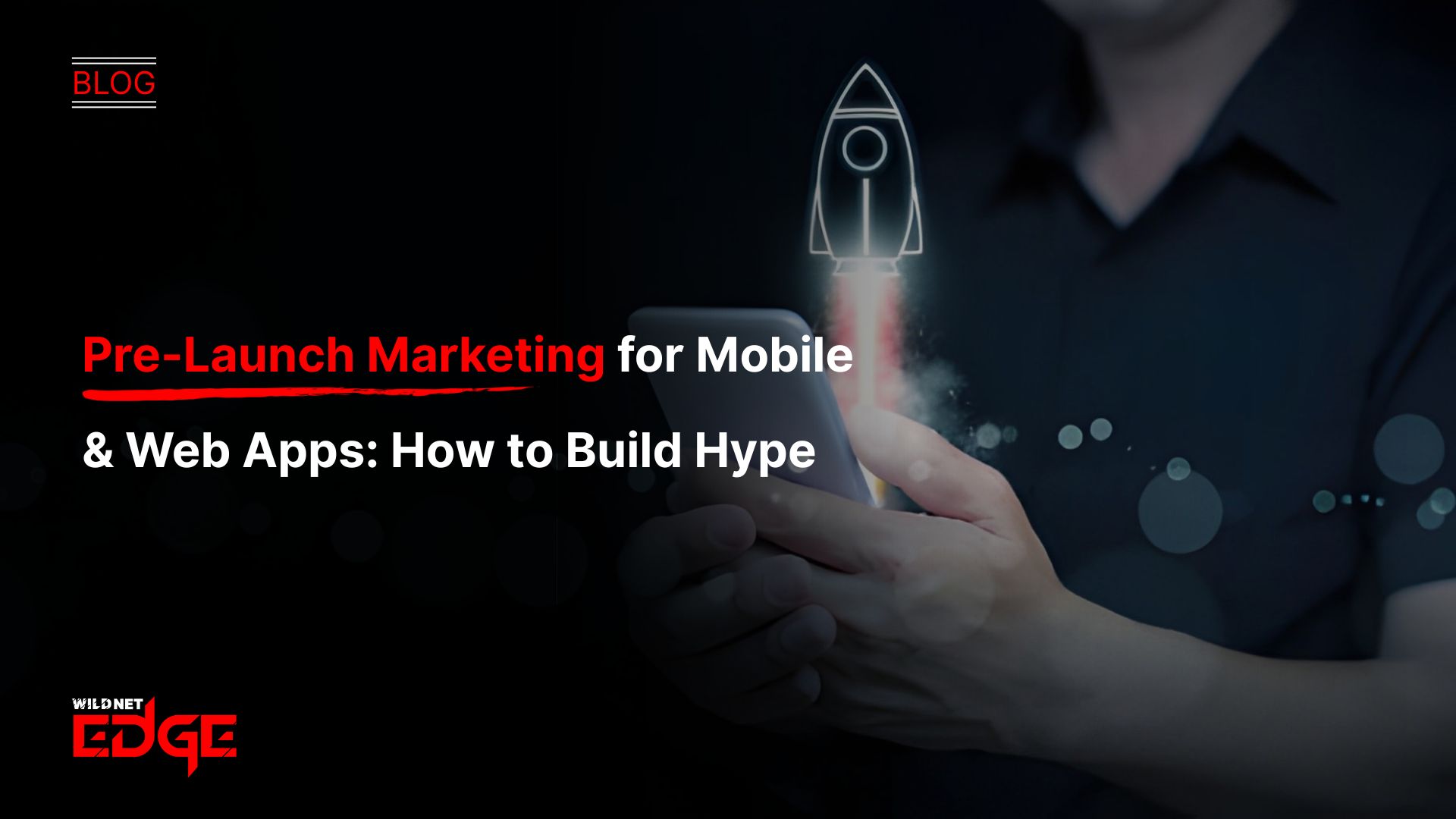Cloud-native. DevOps-ready. Agile-driven. These were yesterday’s buzzwords. Today? It’s AI-first SDLC.
Enterprises aren’t just sprinkling AI on top of existing workflows. They’re rebuilding their entire software development process around it. From smarter sprint planning to self-healing infrastructure, AI-first approaches are helping teams deliver faster, scale effortlessly, and predict failures before they happen.
Why now? Because traditional SDLC models can’t keep up with the pace of innovation demanded in cloud and DevOps environments. AI-first SDLC is how enterprises are closing that gap, by making intelligence a core capability, not an afterthought.
This blog explores the trends, advantages, and real-world shifts shaping this AI-first evolution, and why your team should be paying attention.
What Is AI-First SDLC, and Why Does It Matter?
An AI-First SDLC (Software Development Life Cycle) means rethinking every stage of the development pipeline with AI at the center—not as a tool, but as a decision-maker, enhancer, and automation engine.
Instead of using AI occasionally—for bug detection or code generation, teams now architect the development process so that AI:
- Suggests and validates features during planning
- Writes, reviews, and optimizes code
- Automates test creation and QA cycles
- Monitors infrastructure in real time
- Flags potential release issues before they hit production
- Continuously improves DevOps workflows through predictive insights
This AI-first mindset brings consistency, speed, and intelligent automation to what was once a very human, very manual workflow.
In cloud and DevOps environments where scale and speed are non-negotiable, AI-first SDLC isn’t a nice-to-have; it’s the foundation.
Benefits of AI-First SDLC in Cloud and DevOps
Embracing an AI-First SDLC unlocks a new level of speed, stability, and scalability, especially in Cloud and DevOps environments where change is constant.
Here’s what enterprises are gaining:
- Faster Time to Market
AI-driven planning and code generation accelerate development cycles, allowing teams to ship features in days, not months. - Smarter Resource Allocation
With predictive analytics, AI helps teams allocate cloud resources more efficiently, cutting costs and improving performance. - Proactive Incident Management
AI tools can detect anomalies, auto-remediate issues, and prevent downtime—before your users ever notice. - Continuous Optimization
AI fine-tunes CI/CD pipelines based on usage data and test results, making DevOps workflows self-improving. - Enhanced Developer Productivity
By automating repetitive tasks like testing and deployment, developers stay focused on high-value innovation. - Better Risk Management
AI surfaces security vulnerabilities and compliance gaps early in the development cycle, which is especially crucial for regulated industries.
In short: AI-first development doesn’t just speed things up, it makes your entire SDLC more intelligent, adaptive, and cost-efficient.
How Enterprises Are Implementing AI-First SDLC
Moving to an AI-First SDLC isn’t about swapping out a few tools—it’s a mindset shift. Here’s how leading enterprises are making it happen:
- Integrating AI at Every Stage
From requirement gathering to testing and release, AI is embedded into each step—be it through generative code suggestions, automated QA, or intelligent release management. - Modernizing DevOps Pipelines
Organizations are rearchitecting CI/CD pipelines with AI-infused tools that continuously learn from code changes, incidents, and usage patterns. - Cloud-Native Architectures
By leveraging AI-native cloud platforms, teams can dynamically scale infrastructure and optimize performance based on real-time data. - Data-Driven Decision Making
Product teams are relying on AI-powered insights to prioritize backlogs, predict delivery timelines, and track business impact. - AI-Powered Collaboration Tools
Cross-functional teams—from devs to security—are using AI agents to streamline communication, documentation, and workflow handoffs. - Upskilling Teams for AI Adoption
Enterprises aren’t just buying tools—they’re investing in training so developers and ops teams can collaborate effectively with AI systems.
The result? More agile, resilient, and insight-driven software development lifecycles—ready for the scale and complexity of modern cloud environments.
Why AI-First SDLC is a Competitive Advantage
In a world where cloud and DevOps demand speed, scale, and intelligence, traditional SDLC simply can’t compete.
AI-first development lifecycles deliver several strategic advantages:
Faster Time to Market
AI accelerates everything, from writing code to detecting bugs to automating deployments. What once took weeks now happens in days (or hours), giving teams a serious edge.
Higher Code Quality and Stability
With AI-led testing, anomaly detection, and real-time monitoring, the chances of defects reaching production are drastically reduced. You build smarter, not just faster.
Proactive Risk Management
AI continuously analyzes security, compliance, and performance metrics. Instead of reacting to incidents, teams get ahead of them, reducing outages and avoiding regulatory issues.
Smarter Resource Allocation
No more overworked devs chasing vague requirements. AI surfaces priorities based on business goals, historical patterns, and technical complexity, helping teams focus where it matters.
In a competitive market, these aren’t “nice-to-haves.” They’re the new standard.
AI in Software Development for Cloud-Native Systems
Cloud-native development is all about scalability, flexibility, and resilience. But it also introduces layers of complexity, microservices, containers, distributed systems, CI/CD pipelines, and more. That’s where AI in software development becomes a game-changer.
AI models can now assist with:
- Smart Infrastructure Provisioning
AI predicts resource requirements and auto-scales environments based on historical usage, reducing both cost and downtime. - Dependency Mapping and Service Orchestration
In cloud-native systems, services constantly talk to each other. AI helps visualize, optimize, and troubleshoot these relationships faster than traditional methods. - Real-time Observability and Predictive Monitoring
AI sifts through logs, metrics, and traces to detect performance issues before users even notice. It flags anomalies, recommends fixes, and even triggers auto-remediation workflows.
By embedding AI in every layer of the cloud-native stack, enterprises not only improve performance; they future-proof their DevOps workflows.
How to Transition to an AI-First SDLC
Moving to an AI-First SDLC isn’t about replacing your developers — it’s about empowering them with smarter tools and workflows.
Here’s how to start:
- Evaluate Your Current SDLC: Identify high-friction areas where AI could reduce time or errors.
- Choose the Right AI Tools: From AI code assistants to ML-based monitoring, pick tools that integrate well with your DevOps stack.
- Upskill Your Teams: Train developers, testers, and DevOps engineers on how to leverage AI tools effectively.
- Start Small, Scale Fast: Begin with a pilot project. Measure outcomes. Then scale AI-first practices across teams and products.
- Partner with AI-First Experts: Don’t do it alone, experienced partners can help you architect and scale your transformation.
Rethinking Software Development with WildnetEdge
The shift to an AI-First SDLC isn’t just a trend — it’s a strategic advantage. As enterprises scale their cloud infrastructure and adopt mature DevOps practices, embedding AI into the core of software development becomes essential.
From writing better code to shipping faster releases, AI is no longer a helper — it’s the new foundation. And those who embrace it now will be the ones leading innovation tomorrow.
If your team is still running on manual reviews, delayed deployments, and reactive ops, it’s time for a change. It’s time to go AI-first.
At WildnetEdge, we’re not just building software; we’re rethinking how software gets built. As an AI-first software development company, we help enterprises modernize their SDLC for the era of cloud, DevOps, and intelligent automation.
Let’s co-create the future of software, smarter, faster, AI-first.
FAQs
1. What is AI-First SDLC?
AI-First SDLC is a development lifecycle where artificial intelligence is integrated into every phase, from planning and coding to testing and deployment, to drive faster, smarter, and more efficient software delivery.
2. How is AI-First SDLC different from traditional DevOps?
Traditional DevOps focuses on automation and collaboration, while AI-First SDLC adds intelligence to the pipeline, using AI for predictive insights, code suggestions, anomaly detection, and more.
3. Why are enterprises shifting to AI-First SDLC?
Because it reduces time-to-market, improves software quality, optimizes DevOps operations, and provides a competitive edge in fast-moving industries.
4. Do I need to replace my existing DevOps tools to adopt AI-First SDLC?
Not necessarily. Many AI tools integrate with popular DevOps stacks. The transition is more about enhancing workflows than replacing them entirely.
5. How can WildnetEdge help in adopting AI-First SDLC?
WildnetEdge provides AI-first consulting, software development, DevOps modernization, and integration of intelligent tools tailored to your business needs.

Nitin Agarwal is a veteran in custom software development. He is fascinated by how software can turn ideas into real-world solutions. With extensive experience designing scalable and efficient systems, he focuses on creating software that delivers tangible results. Nitin enjoys exploring emerging technologies, taking on challenging projects, and mentoring teams to bring ideas to life. He believes that good software is not just about code; it’s about understanding problems and creating value for users. For him, great software combines thoughtful design, clever engineering, and a clear understanding of the problems it’s meant to solve.
 sales@wildnetedge.com
sales@wildnetedge.com +1 (212) 901 8616
+1 (212) 901 8616 +1 (437) 225-7733
+1 (437) 225-7733































